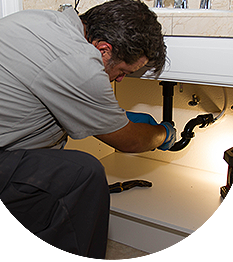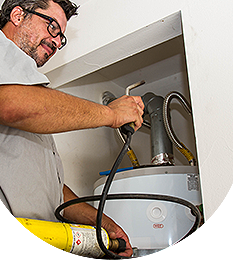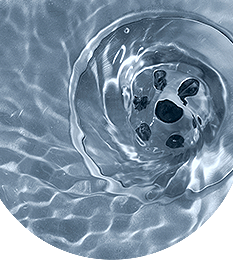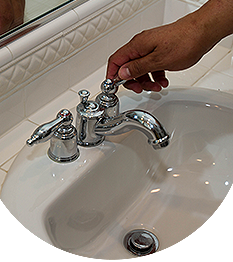
Indoor Plumbing History for Homeowners
When it comes to indoor plumbing, some ancient civilizations were quite sophisticated, boasting features early flush toilets, running water and indoor fountains. For instance:
Thank you for reading this post, don't forget to subscribe!- Civilizations in the Indian Indus River Valley had sewage and water systems, as well as flush toilets as early as 3000 B.C.
- The early Egyptians had ditches, canals and copper pipe systems that would irrigate fields and direct water towards the Great Pyramids, which even though unoccupied, were outfitted with running water for the dead.
- King Minos of Crete built tastefully appointed bathrooms with marble counters and fixtures as well as fully evolved water and sewage systems.
- A Neolithic village discovered in the United Kingdom indicated that humans were using water to sanitize waste as far back as 6000 B.C.
The Rise and Fall of Indoor Plumbing

By 53 A.D., the city of Rome was one of the poshest places to live in the world mostly because it had running water in every home and many beautifully designed public baths.
The public squares and temples in Rome were also embellished with gorgeous fountains that were fed by a very sophisticated system of aqueducts, gulleys, and lead pipes.
However, luckily, the residents of Rome were not poisoned by the lead because their water sources contained a high level of calcium, which bound the lead to the pipes and prevented it from leaching into the water.
Unfortunately, this modern paradise only lasted about 400 years as it was destroyed by invaders from the North, by 410 AD.

The Visigoths did not care to pass on any of the engineering knowledge they gleaned from Rome, and it was five full centuries before civilization took any interest again in bathing.
Only kings and queens, such as Henry VII and Elizabeth I had the privilege of bathing in wooden or cast iron bathtubs, and often they did it in cold water or partially clothed. The commoners did not bathe often and also basked, often fully clothed in steam baths, which would at least help sterilize some of the bacteria they would pick up from the sewage in the street.
The prototype for the first working toilet was not invented until 1775, and then later modified by Alexander Crapper so that it integrated with new water and sewage systems in 1891. This sudden urgency to ensure that showers and toilets were installed in most buildings was the result of discoveries by Louis Pasteur that showed that bacteria caused disease.
Modern Advances In Indoor Plumbing
 Since the days of Louis Pasteur, modern civilization has gone to great lengths to improve bathroom plumbing fixtures. In some cases, the bathroom is often the nicest room in the house complete with floors and towel racks heated with water, hand-held showerheads and open showers, (called Roman showers) that are made of stone.
Since the days of Louis Pasteur, modern civilization has gone to great lengths to improve bathroom plumbing fixtures. In some cases, the bathroom is often the nicest room in the house complete with floors and towel racks heated with water, hand-held showerheads and open showers, (called Roman showers) that are made of stone.
Deep soaker tubs, Jacuzzis, and toilets that automatically wash and dry a person after he or she goes to the bathroom are also becoming more common.
Indoor plumbing not only allows everyone to enjoy such appliances as dishwashers and washing machines, but it also helps beautify surroundings with indoor water gardens and fountains.








